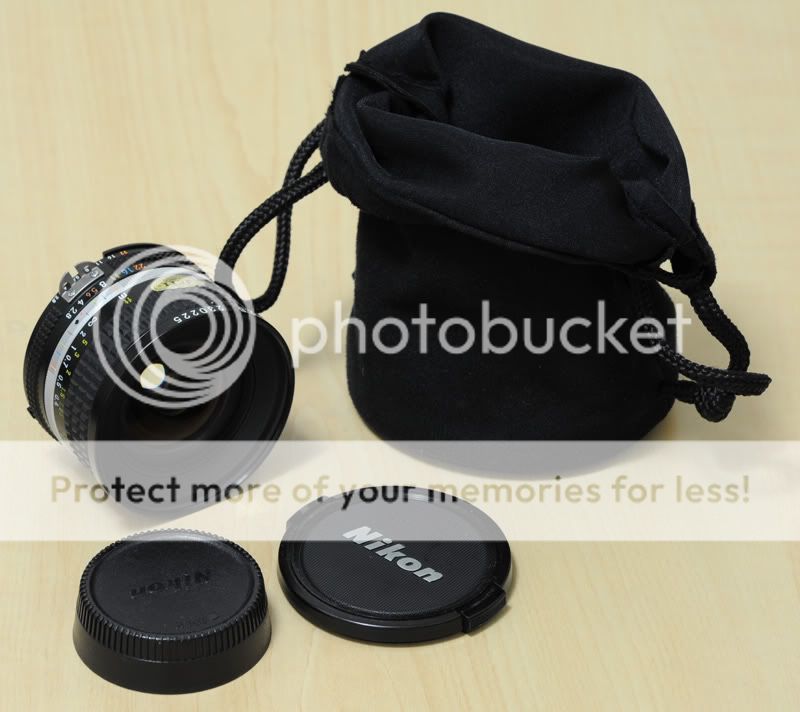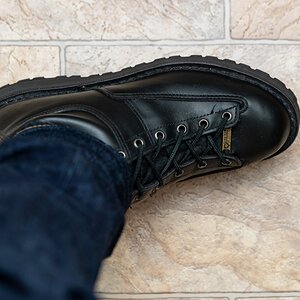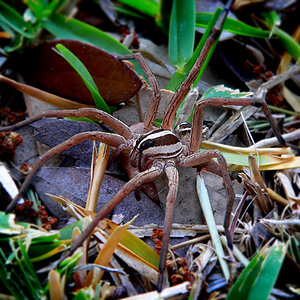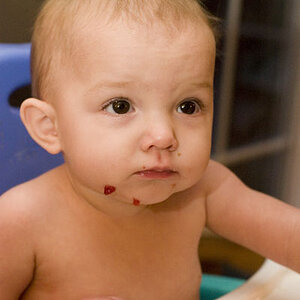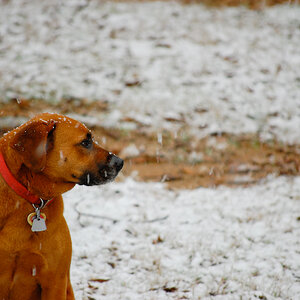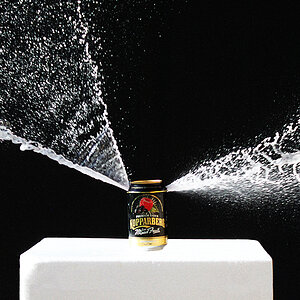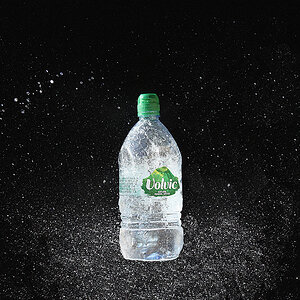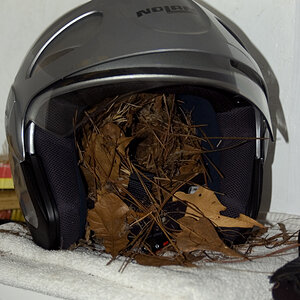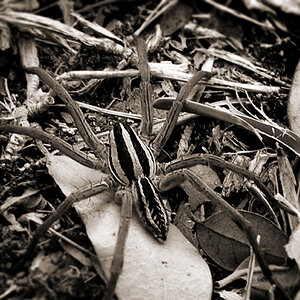Ronaldo
TPF Noob!
- Joined
- Aug 28, 2010
- Messages
- 85
- Reaction score
- 13
- Can others edit my Photos
- Photos OK to edit
From what I understand a 35mm lens on a Nikon D90 is roughly equal to a 50mm lens on a Nikon D700.
But what exactly does this mean?
If you put a 35mm lens on the D700 from a specific distance to the subject, it would project a certain image size onto the sensor.
Now, if you keep the exact same lens and distance to the subject but switch the camera to a D90 - - won't the image size projected onto the sensor be the same size as with the D700? Except that with the smaller sensor on the D90 only the central part of the image is recorded?
So, if the projected image size is the same between the two cameras (crop and full) with the same lens - - how come the 35mm on the crop is considered roughly equal to the 50mm on the full??
I understand that the 35mm lens on a D90 might fill the viewfinder roughly the same as a 50mm lens on a D700.
But the 35mm lens on a D90 is not magnifying the image at all, compared to the 35mm on the D700, right?
So a 35mm lens on a D90 is not roughly the same as a 50mm on a D700 in terms of image magnification and projection onto the sensor, right??
So if you took a pic from the same distance using the same 35mm lens on the two cameras. And you cropped the pic from the D700 to compensate for the smaller D90 sensor size. The pics would then look the same???
Can someone please help sort-out my confusion on this?
 :scratch:
:scratch:
thanks
But what exactly does this mean?
If you put a 35mm lens on the D700 from a specific distance to the subject, it would project a certain image size onto the sensor.
Now, if you keep the exact same lens and distance to the subject but switch the camera to a D90 - - won't the image size projected onto the sensor be the same size as with the D700? Except that with the smaller sensor on the D90 only the central part of the image is recorded?
So, if the projected image size is the same between the two cameras (crop and full) with the same lens - - how come the 35mm on the crop is considered roughly equal to the 50mm on the full??
I understand that the 35mm lens on a D90 might fill the viewfinder roughly the same as a 50mm lens on a D700.
But the 35mm lens on a D90 is not magnifying the image at all, compared to the 35mm on the D700, right?
So a 35mm lens on a D90 is not roughly the same as a 50mm on a D700 in terms of image magnification and projection onto the sensor, right??
So if you took a pic from the same distance using the same 35mm lens on the two cameras. And you cropped the pic from the D700 to compensate for the smaller D90 sensor size. The pics would then look the same???
Can someone please help sort-out my confusion on this?
thanks



